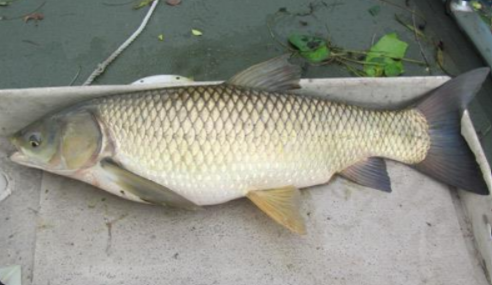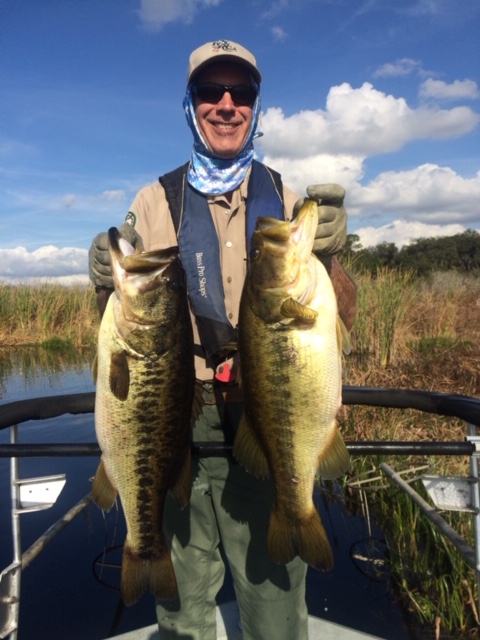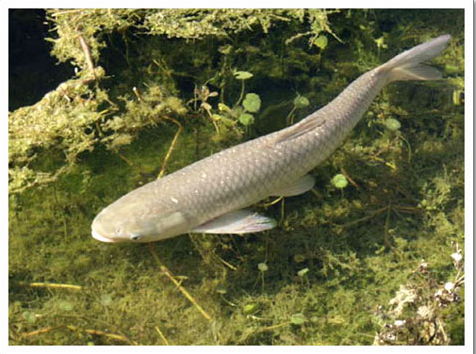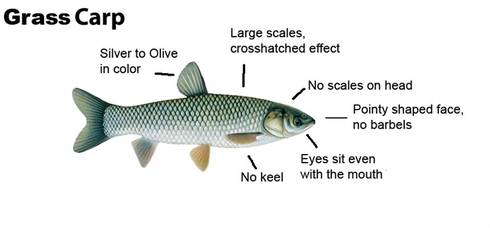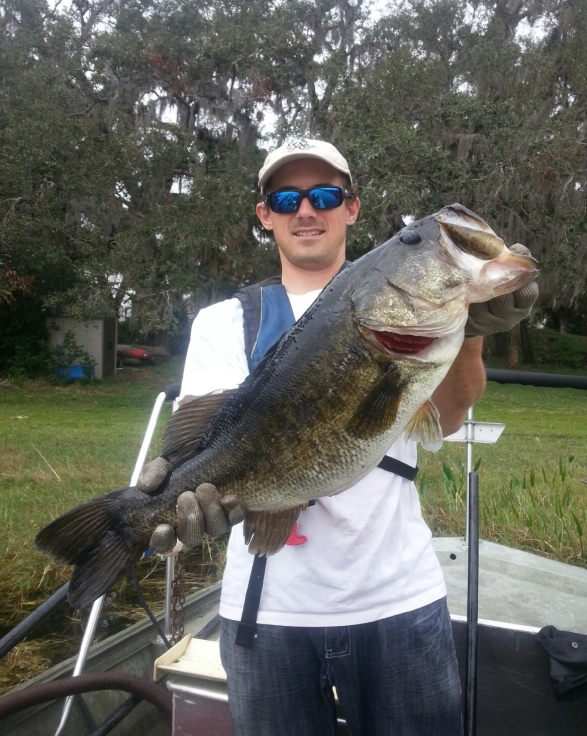The Wednesday night tournament shuts down when we “fall back” from daylight savings time and then starts again when we “spring forward” into daylight savings. There are two randomly selected creel week days that will fall during the Wednesday night tournament time. However, as mentioned above, they track the information on the Wed night tournaments aside from the creel.
During similarly constructed creels conducted on Johns Lake in 2011 and 2016, they had largemouth bass catch rates that were around 1 bass/man-hr. For example, if two average bass fishers on Johns lake fished from 6 am – 12 pm, that would be 12 man-hrs (6 hrs fished x 2 fishers). Accordingly based on the last two creels, they would catch an average of 12 bass during their trip.
There are very few waters in Florida that can brag of catch rates of one bass/man-hr or higher. In the last two decades, bass catch rates this high have only been recorded in this area on West Lake Tohopekaliga, the Stick Marsh/Farm 13 Reservoir in Palm Bay, Turkey Lake (A Fish Orlando FAB FIVE) in Orlando and the Winter Park Chain (A Fish Orlando BIG WATER BODY) in Winter Park.
One of the main reasons Johns Lake’s bass fishery is good is because the water levels fluctuate. The low’s allow for growth of terrestrial and transitional wetland plants, that when flooded, provide energy for the system via epiphytic algae (the green algae slime that is on the stems of plants). The aquatic insects and small fishes eat the algae, which are in turn are eaten by bigger predators. The highs allow for flooding and control nuisance plants (cattails, etc.), and flood associated wetlands, which after the waters subside, bring the baitfish produced in these wetlands, back into the lake to provide food and energy. While you may not believe this after the last two years of high water on your docks, the highs don’t get as high for as long as they historically used to before canals and structures were built, which is part of the reason they must spend some time treating cattails, floating mats, etc. on Johns Lake. However, it is nothing compared to the mess that would result if water levels were strictly stabilized!
An extreme low occurred in 2001, when most of Johns Lake dried up. It stayed down until 2003, and in the process, large stemmed woody plants, etc. grew on the lake bottom. When the lake re-flooded, FWC stocked it with 250,000 fingerling bass. Stocking of bass only works on new waters and those that have dried up and re-flooded. Only a small percentage of the bass stocked survive after the first year, but these become the brood stock (spawners) that repopulate the lake.
With all the energy produced from the flooding of the terrestrial vegetation came amazing action for big bass in 2006 – 2012. This was documented in our 2011 creel. Approximately 400 – 600 trophy bass were caught Jan – Apr in the 2011 creel! In the first year of TrophyCatch (2012), Johns Lake was second in the state for submissions.
All good things do come to an end, and by 2013, most of the woody stemmed vegetation produced from the 2001 drought was gone. While the catch rates for bass were still good in the 2016 creel, accordingly, with this energy source reduced, we saw a drastic reduction in memorable (> 20 inch) and trophy (> 24″) bass.
One trophy bass FWC shocked and tagged ($100 prize) on Johns Lake last spring was caught by an angler within one week of tagging. All the fishery biologists in the state insert $100 trophy tags in bass that they electrofish in order for the research division to get a “handle” on how many are kept and how many are released. In the past few years on Johns Lake they have tagged approximately 11 trophy bass and 9 of the 11 tags have been returned. Fortunately, the anglers released all their tagged Johns Lake trophy bass.
FWC’s Fish Orlando annual report can be found each year on
their website. You can also check out
FWC’s web page. They also have a Fish Orlando app available for apple phones, but it only covers the FAB FIVE, URBAN PONDS and fish ID. It is currently being updated to IOS12. Good luck fishing!
